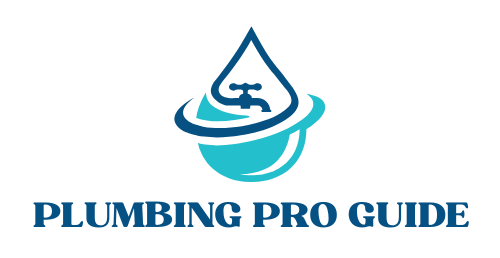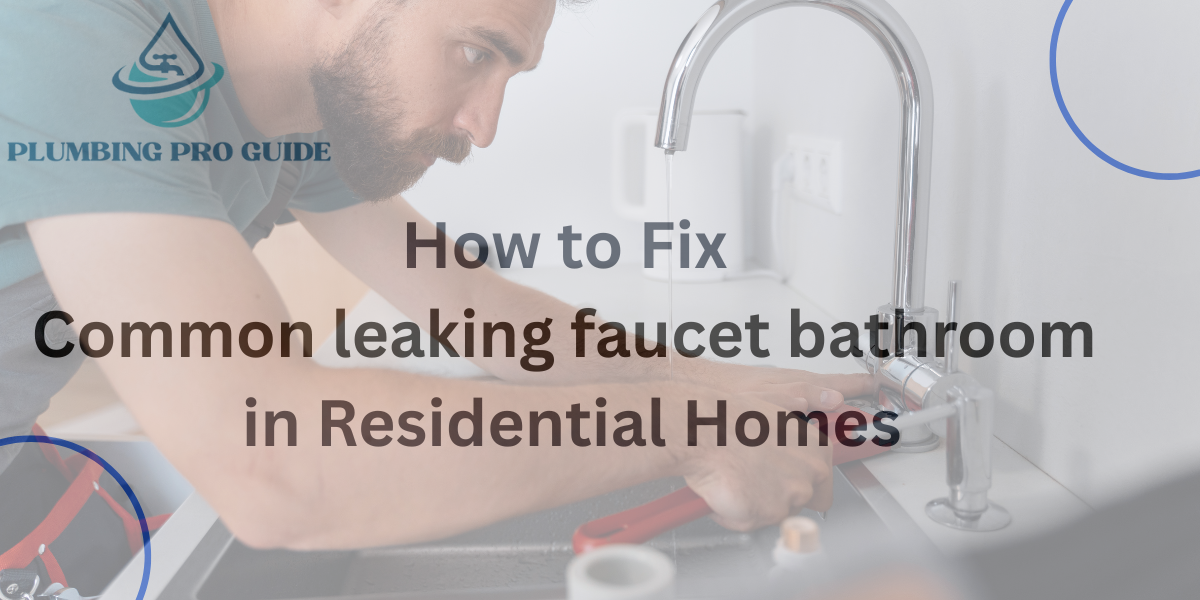Common Leaking Bathroom Faucet(How To Fix It)
A common leaking bathroom faucet may seem like a minor issue in a residence’s washroom, but it can be costly. A slow drip can waste water, which impacts the environment and the water bill. A common leaking bathroom faucet is also something most homeowners can fix without calling a plumber, and in this guide we will discuss the method and tools for this work. It’s important to understand how bathroom faucets work and why they leak.
Types of Bathroom Faucets
Different faucet designs have slightly different mechanisms:
- Compression faucets use rubber washers to control water flow. These washers wear down over time, making them prone to leaks.
- Cartridge faucets contain a cartridge that regulates water flow and temperature. A damaged cartridge often leads to drips.
- Ball faucets are found in single-handle models. It uses a rotating ball with seals and springs, which can degrade over time.
- Ceramic disk faucets use two ceramic discs to form a tight seal. They are durable but can still fail due to cracks.
Common Signs of a Leak
- Dripping sound even after turning off the faucet.
- Water pooling around the faucet base.
- Low water pressure caused by blockages or worn internal parts.
Main Causes of Common Leaking Bathroom Faucet
Leaks can appear from several different components. The most common issues include:
1. Worn-Out Washer
The washer presses against the valve seat every time you turn on/off the faucet. Over time this friction wears the washer down, leading to a common leaking bathroom faucet.
2. Damaged O-Ring
O-rings are small rubber seals located around the faucet’s stem screw. A damaged O-ring can cause leaks near the handle area.
3. Corroded Valve Seat
The valve seat connects the faucet to the spout. If your water supply has a high mineral content, deposits can build up here, leading to corrosion and leaks at the base of the spout.
4. Loose Parts & Mineral Build-Up
Over time, screws and nuts may loosen, and mineral deposits can accumulate, preventing a watertight seal.
5. Faulty Cartridge or Ceramic Disc
In cartridge and ceramic disc faucets, the entire cartridge or disc set may need replacement if it’s cracked, chipped, or worn out.
Tools & Materials You’ll Need
Before starting your common leaking bathroom faucet repair, gather everything you need. Having tools ready will make the repair process smoother.
| Tool/Material | Purpose |
| Adjustable wrench | Loosens and tightens faucet connections |
| Screwdriver set | Removes handle screws and caps |
| Plumber’s tape | Seals threaded connections to prevent leaks |
| Replacement washer or cartridge | Restores the faucet’s sealing function |
| Vinegar solution | Dissolves hard water deposits |
| Cleaning cloth | Wipes away dirt and debris |
You will learn more about the best tools to remove bathroom faucet at home here.
Step-by-Step Guide to Fix a Dripping Bathroom Faucet
Step 1: Turn Off the Water Supply
Locate the shut-off valves under your sink and turn them clockwise to cut off the water.
Step 2: Plug the Drain
Use a sink plug or rag to prevent screws or small parts from falling down the drain.
Step 3: Disassemble the Faucet Handle
Remove the decorative cap, then use a screwdriver to take out the handle screw, lift the handle off to expose the inner components. One of the essential steps in most methods to change faucet washer guides.
Step 4: Inspect and Replace the Washer
Check the washer for cracks, flattening, or deterioration. Replace it with a washer of the same size.
Step 5: Clean the Valve Seat
Soak a cloth in vinegar solution and wipe away mineral deposits. This ensures a smooth sealing surface.
Step 6: Reassemble the Faucet
Put the faucet back together in the reverse order you disassembled it.
Step 7: Test the Faucet
Turn the water back on and check for remaining drips. Once you identify the cause, you can fix the common leaking bathroom faucet using the right tools and steps.
FAQS:
Q1: How to fix a leaky bathroom faucet?
To fix a common leaking bathroom faucet, turn off the water supply, disassemble the faucet, and inspect the washer, O-ring, or cartridge. Replace any worn parts, clean the valve seat, then reassemble and test.
Q2: How to repair a broken faucet?
Repairing a broken faucet depends on the damage. For leaks, replace washers, O-rings, or cartridges. For cracks or severe corrosion, replace the affected parts or the entire faucet.
Q3: Why is my bathroom faucet leaking after I turn off the water?
If your faucet leaks after shutting off the water, it’s likely due to a worn washer, damaged O-ring, faulty cartridge, or mineral buildup preventing a tight seal, all causes of a common leaking bathroom faucet.


